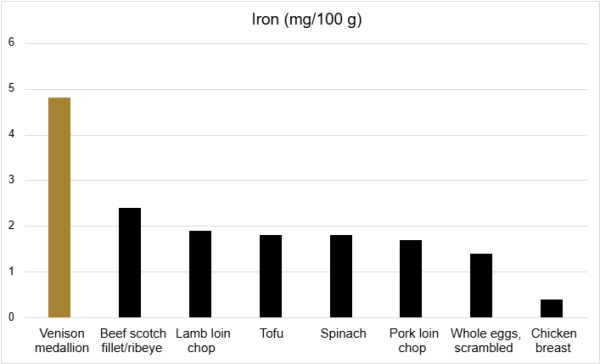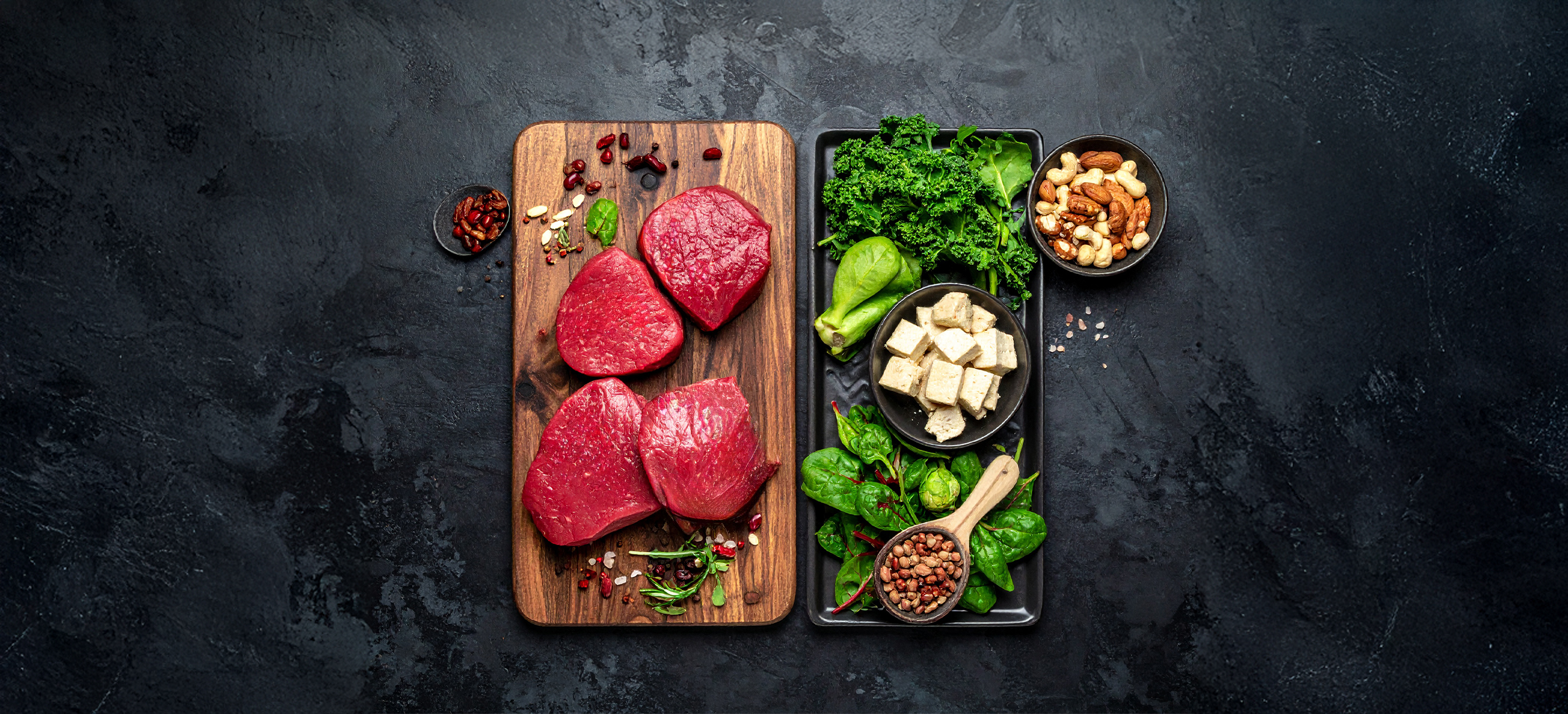Why Heme Iron is Better Than Non-Heme Iron
Iron is one of the most essential minerals for human health, playing a critical role in carrying oxygen through the blood, supporting energy production, and strengthening the immune system. But not all iron is created equal. The body absorbs and uses iron from different food sources in different ways, and this makes a big difference in how effectively it meets your needs.
There are two types of dietary iron: heme iron, found mainly in animal-based foods, and non-heme iron, found in plant-based foods and fortified products. While both contribute to your overall iron intake, heme iron has a clear edge when it comes to absorption and bioavailability. Let’s explore why heme iron is considered superior and what this means for your diet.
What is Heme Iron?
Heme iron comes from hemoglobin and myoglobin, proteins in animal tissues that carry and store oxygen. It is found in foods such as:
- Red meat
- Poultry
- Fish and shellfish
- Organ meats
This type of iron is bound to a “heme” molecule, which allows it to be absorbed more efficiently in the gut. Typically, the body absorbs about 15–35% of heme iron, compared to only 2–20% of non-heme iron.

Source: The New Zealand Food Composition Database.
Non-Heme Iron: The Plant-Based Alternative
Non-heme iron is found in plant-based foods such as legumes, nuts, seeds, leafy greens, and fortified cereals. While it makes up the majority of iron consumed worldwide, it is harder for the body to absorb. Its absorption is strongly influenced by other dietary factors:
- Enhanced by: Vitamin C (citrus fruits, berries, peppers), certain organic acids, and pairing with animal protein.
- Inhibited by: Compounds like phytates (in grains and legumes), tannins (in tea and coffee), calcium, and some polyphenols.
This means that the actual amount of non-heme iron your body can use depends heavily on the rest of your diet.
Why Heme Iron is Superior
1. Higher Absorption Efficiency
Heme iron is absorbed two to three times more efficiently than non-heme iron. It enters the body intact via a different pathway in the intestines, bypassing many of the inhibitors that limit non-heme iron absorption. This makes it a more reliable source of iron, especially for individuals with higher requirements.
2. Less Affected by Dietary Factors
Unlike non-heme iron, heme iron absorption is relatively unaffected by what else you eat. Tea, coffee, or high-calcium foods may block non-heme iron absorption, but they have little impact on heme iron. This stability makes heme iron a consistent and dependable nutrient source.
3. Supports Iron Stores More Effectively
Because of its higher absorption rate, heme iron contributes more significantly to replenishing and maintaining the body’s iron stores. This is particularly important for groups at risk of deficiency, such as women of childbearing age, pregnant women, growing children, and athletes.
4. Better at Preventing Iron Deficiency Anemia
Iron deficiency anemia is the most common nutritional disorder worldwide. Diets that include heme iron are more effective at preventing this condition because the body is able to use more of the iron consumed. Studies consistently show that people who eat more animal-based foods have lower rates of iron deficiency than those relying solely on plant-based sources.
What About Vegetarians and Vegans?
Those who avoid animal products can still meet their iron needs, but it requires more planning. Since non-heme iron is less efficiently absorbed, vegetarians and vegans may need to consume nearly twice as much dietary iron as those who eat meat.
The Takeaway
Both heme and non-heme iron contribute to overall health, but heme iron has the clear advantage of higher bioavailability, more efficient absorption, and greater reliability. For people with higher iron requirements—or those at risk of deficiency—heme iron is the most effective way to ensure adequate intake and prevent anemia. While plant-based sources can still play an important role in a balanced diet, including heme iron from lean meats such as venison provides a stronger foundation for maintaining healthy iron levels.

